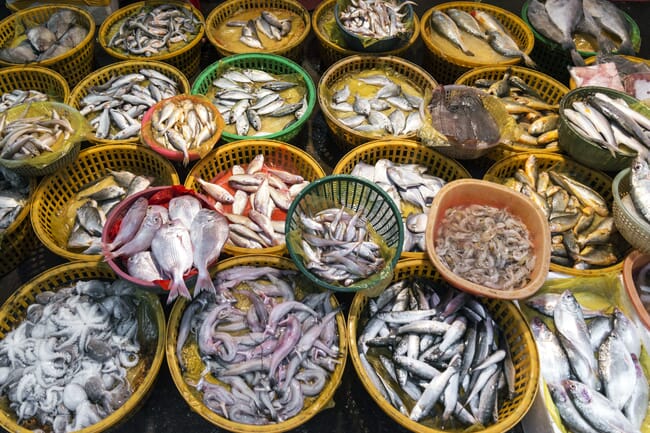
Researchers from Heriot-Watt University and international partners have found that more than 70 percent of scientific and media coverage on microplastics in food has focused on seafood, contributing to the public perception that eating fish is the biggest risk. - leading to some consumers reducing consumption of seafood.
The findings are reported in the journal Environmental Science & Technology Letters. and in a statment lead author Professor Ted Henry, from Heriot-Watt University said: “In reality, people are far more exposed to microplastics from indoor air and dust.
“A previous study reported that the presence of microplastics in mussels collected from the environment was lower than the amount of microplastics that falls on a plate of mussels during dinner time in a typical household.”
“We looked at reports of plastic particle exposure from different sources.
“Seafood, including mussels and oysters and finfish like salmon and cod, may contribute 1-10 microplastic particles per day, which is consistent with other foods, like salt, honey and chicken.
“Ingestion from bottled water is estimated at 10-100 particles per day, and exposure from indoor air accounts for considerably higher exposure – 100-1000 particles per day.
“There is minimal evidence that they pose a health risk. The evidence we do have indicates that plastic particles readily pass through the digestive tract and exit the body.
“While there are perceptions that toxic substances associated with plastic particles may pose health risks, evidence indicates concentrations are actually exceedingly low compared to other sources of exposure.”
Early focus led to misconceptions
Prof Henry added that: “The way microplastics in food have been reported, in the media and in scientific publications, has created biased perceptions of health risks.
“It has also put some people off consuming seafood altogether, causing them to miss out on the beneficial health effects of seafood consumption.
“Seafood was one of the first foods tested for microplastics, partly because of assumptions that marine species would be most exposed and partly because it was easier to analyse.
“That early focus created an impression that fish and shellfish are uniquely risky, but we now know other foods and drinks also contain microplastics.
“It’s important to put seafood into context — not only because exposure levels are similar to other foods, but also because seafood brings significant health benefits.”
“Yes, microplastics have become ubiquitous in all settings – but there is no evidence that ingesting them is harmful to humans.
“And yes, there are gaps in knowledge about exposure levels and understanding of health impacts, but the public is not served by alarmist headlines that are not evidence-based.”


